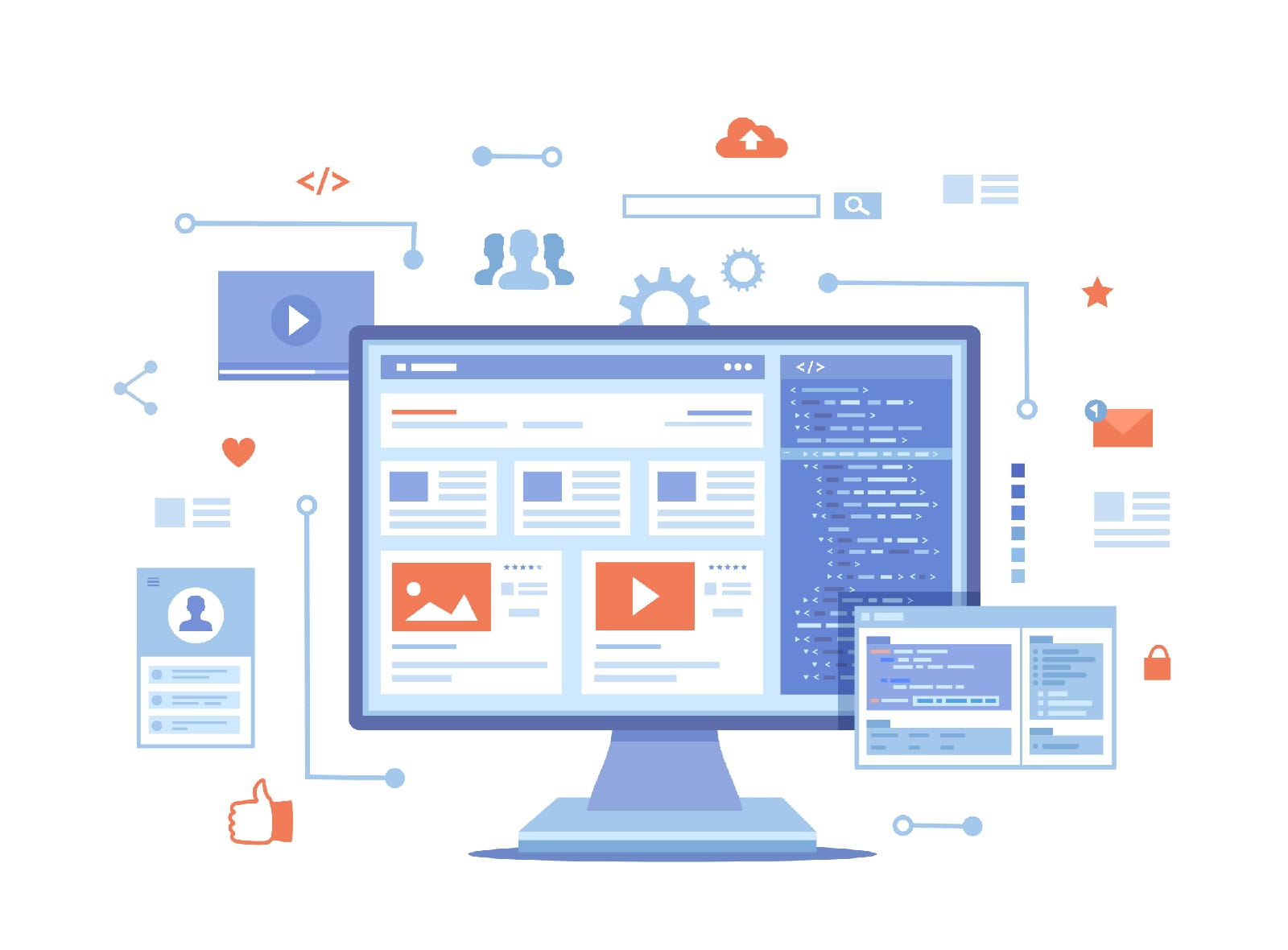How to Choose the Right Website Style for Your Business
Selecting an ideal site layout for your service is a multifaceted process that calls for cautious consideration of numerous factors. Initially, it is vital to plainly specify your organization purposes, whether they involve enhancing customer interaction or increasing sales. Comprehending your target audience is similarly important, as their preferences will dramatically form the style choices you make. Furthermore, focusing on individual experience and responsive style can enhance availability and fulfillment. As you weigh these components, you may discover on your own pondering a sixty-four-thousand-dollar question: exactly how do you successfully balance aesthetics with functionality to attain your objectives?
Define Your Business Goals

For example, if your primary aim is to improve e-commerce sales, emphasis on producing a seamless buying experience with user-friendly navigation, prominent call-to-action buttons, and enhanced product web pages. Alternatively, if your objective is to develop thought management in your market, prioritize informative web content, involving visuals, and easy to use interfaces that encourage communication and sharing.
Additionally, incorporating quantifiable vital performance indications (KPIs) pertaining to your goals will certainly assist analyze the site's effectiveness gradually. Consistently revisiting and readjusting these objectives can make sure that your web site advances in alignment with your company purposes - website design in singapore. To conclude, a clear understanding of your organization objectives is crucial for crafting a website layout that not just meets individual expectations yet likewise drives substantial results for your company
Understand Your Target Target Market
Comprehending your target market is important for developing a reliable website style that reverberates with individuals. A thorough understanding of your audience permits you to customize your website's aesthetics, functionality, and content to satisfy their certain requirements and preferences. Begin by recognizing market elements such as age, gender, area, and income level, which can substantially influence user actions and assumptions.
Next, look into psychographics, discovering individuals' interests, worths, and on the internet practices. This info aids in crafting an extra individualized experience, making sure that your website engages site visitors in a meaningful means. Conduct studies, meetings, or emphasis teams to gather straight feedback, which can give useful understandings into what your target market chooses.
Additionally, assess competitor web sites that accommodate a comparable target market; their successes and failures can illuminate finest methods and areas to differentiate your brand. Use analytics tools to track user habits on your existing internet site, identifying trends that reveal what records interest and what falls short to involve. By completely comprehending your target audience, you can develop an internet site layout that not just brings in site visitors however likewise fosters engagement and drives conversions.
Prioritize Customer Experience
User experience (UX) offers as the backbone of a reliable internet site style, straight influencing how visitors interact with your content and browse your website. A seamless UX can significantly boost customer complete satisfaction, urging longer gos to and increased interaction. To focus on UX, begin by making sure intuitive navigation. Menus needs to be organized rationally, allowing individuals to find info swiftly and effortlessly.
Additionally, consider the visual power structure of your pages. Important info needs to be plainly displayed, leading individuals towards crucial activities such as purchasing or enrolling in a newsletter. Efficient use white room can also decrease cognitive tons, making it much easier for users to refine info.
In addition, page lots times are critical; a slow-loading site can irritate customers and lead to high bounce prices. By regularly prioritizing user experience, you develop a website that not only fulfills the requirements of your audience but additionally promotes loyalty and promotes service growth. Carrying out these approaches will aid ensure your web site is you can look here both useful and attractive to users.
Pick Responsive Design
In today's digital landscape, selecting a receptive layout is crucial for guaranteeing your site carries out efficiently throughout a range of devices and screen dimensions. As even more users access the web via smartphones, tablets, and other tools, a responsive design allows your site to adjust seamlessly to different click resources resolutions and orientations. This flexibility enhances user experience, which is essential for preserving site visitors and minimizing bounce prices.
Responsive design uses liquid grids, flexible images, and media inquiries to develop a natural appearance that preserves performance, regardless of tool. This strategy not just enhances functionality however additionally favorably affects search engine rankings, as internet search engine like Google favor mobile-friendly web sites.
Additionally, a responsive web site gets rid of the requirement for preserving separate desktop computer and mobile versions, enhancing your development and upkeep initiatives. This effectiveness can bring about cost financial savings and a much more consistent individual experience across systems.
Integrate Branding Components
Including branding components into your site style is crucial for establishing a strong identification and fostering recognition amongst your target market. Your brand name's logo, shade combination, typography, and imagery should seamlessly integrate right into the total layout to create a constant aesthetic experience. This consistency not only reinforces your brand name's identity yet additionally constructs depend on with visitors.
Begin by plainly displaying your logo on the homepage, guaranteeing it is clickable to redirect customers to the major page. Select a color design that lines up with your brand's character; as an example, dynamic shades may convey see page energy, while low-key tones can suggest elegance. Typography must mirror your brand's personality-- pick font styles that are both readable and representative of your message.

Final Thought
Selecting the appropriate internet site layout necessitates a critical approach that integrates business purposes with user experience. By defining clear objectives, recognizing the target market, focusing on intuitive navigation, selecting receptive style, and incorporating cohesive branding components, companies can improve their on the internet visibility. Constant evaluation and adjustment based on user responses and efficiency metrics further make certain that the site stays reliable and relevant. Inevitably, a properly designed internet site works as a critical device for accomplishing company success and cultivating client engagement.